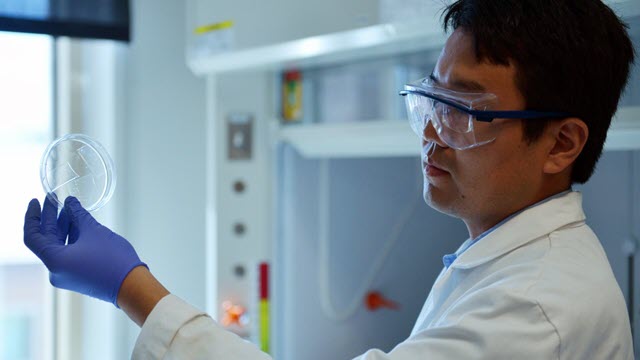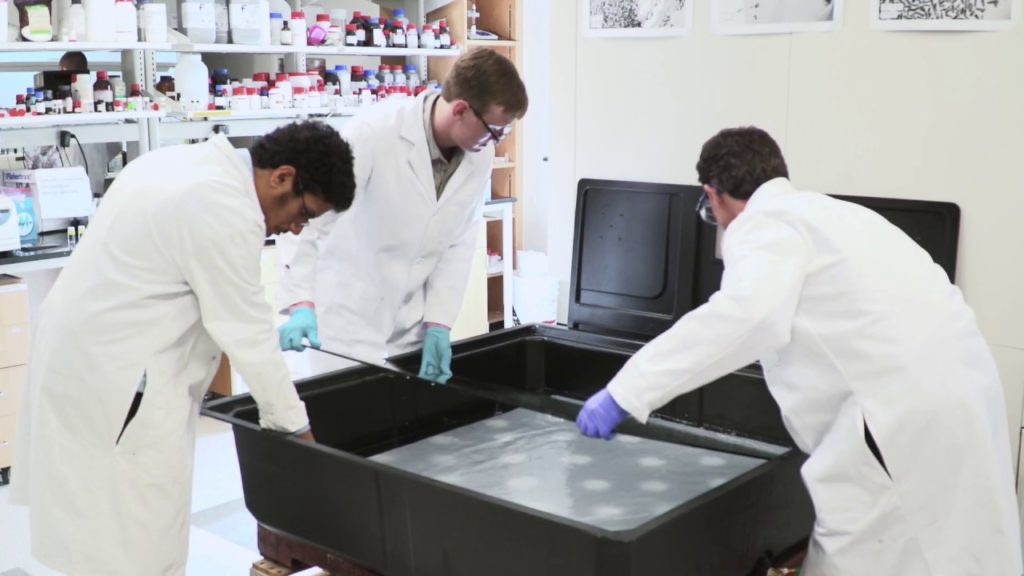Scientists Create a Super-Insulating Gel Which Could Help Build Habitats on Mars

Researchers at CU Boulder found out that their newly developed super-insulating gel – called “aerogel,” could be part of a successful Mars Terraforming. What does a gel have to do with living on Mars? A lot more than you’d think.
The gel was created so that skyscrapers and other buildings could be energy efficient. It is resistant to heat – you can place a strip of gel on your skin, add fire on top of it, and fell nothing. The interesting part is that the gel is transparent, which makes it a great component for things like windows, explains a professor in the Department of Physics, Ivan Smalyukh:
“Transparency is an enabling feature because you can use this gel in windows, and you could use it in extraterrestrial habitats. You could harvest sunlight through that thermally-insulating material and store the energy inside, protecting yourself from those big oscillations in temperature that you have on Mars or on the moon.”
Another baffling fact is that this gel is produced from beer waste, so it’s cheap to produce.
Smalyukh explains that aerogels are over 90% gas by weight and they’re films are created from crisscrossing patterns of solid material that will then have tiny pores to trap air – it’s some kind of bubble wrap:
“You create a very tortuous network of these nanoparticles that link together in the aerogel, preventing the heat from going through.”
A Cheap, But Valuable Material
The team created the gel from a plant – sugar cellulose, orienting the molecules of the cellulose in a uniform pattern that allows light to pass through the gel, thus making it transparent. The cellulose can be made by adding bacteria from food waste. For this study, the team used the waste liquid from breweries close to the Boulder area.
Andrew Hess, a Ph.D. student in physics (CU Boulder), stated:
“So not only are we recycling and saving this valuable material from entering the landfill, but we’re also producing this raw material cheaply.”
The gel is thin, flexible and almost 100 lighter than glass and it would be a perfect addition to windows so that buildings can be more energy efficient.
Hess’ dream is to create this gel and make it available to anyone who wants to get it from a store.
“We’re envisioning a retrofitting product that would basically be a peel-and-stick film that a consumer would buy at Home Depot,” Hess also adding that the tech can be used on “smart clothes, for insulating cars and protecting firefighters.”

0 comments